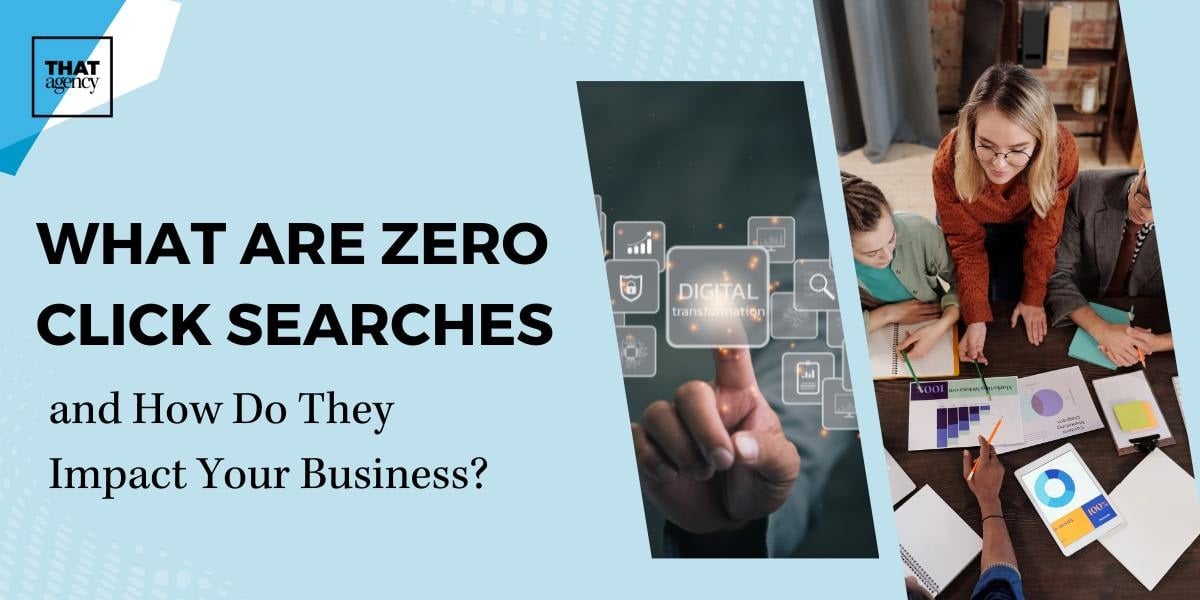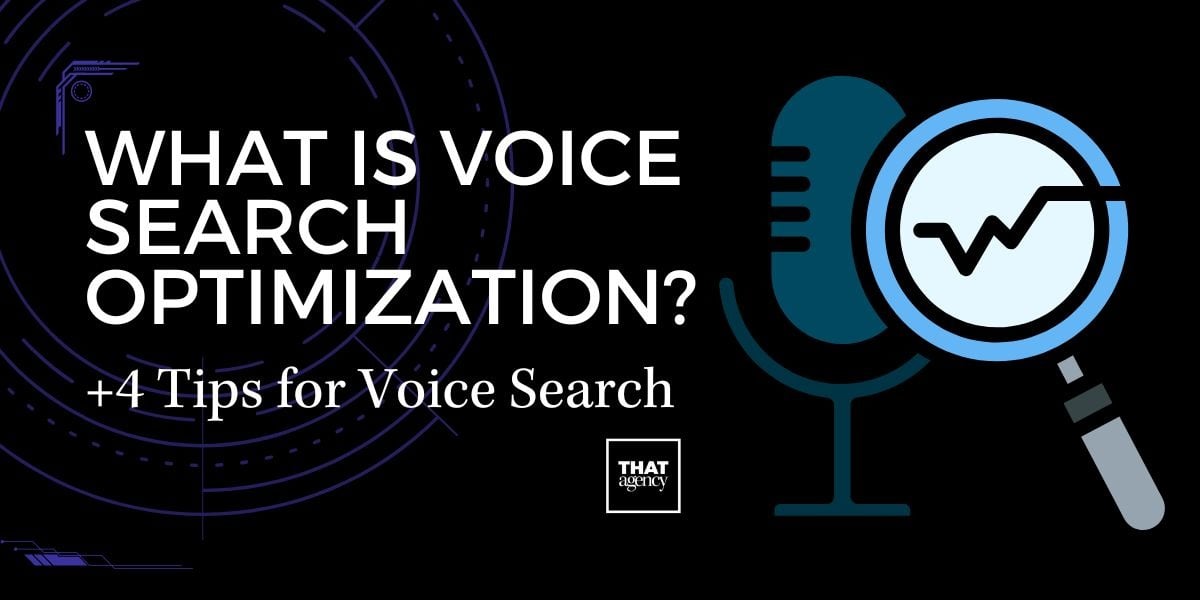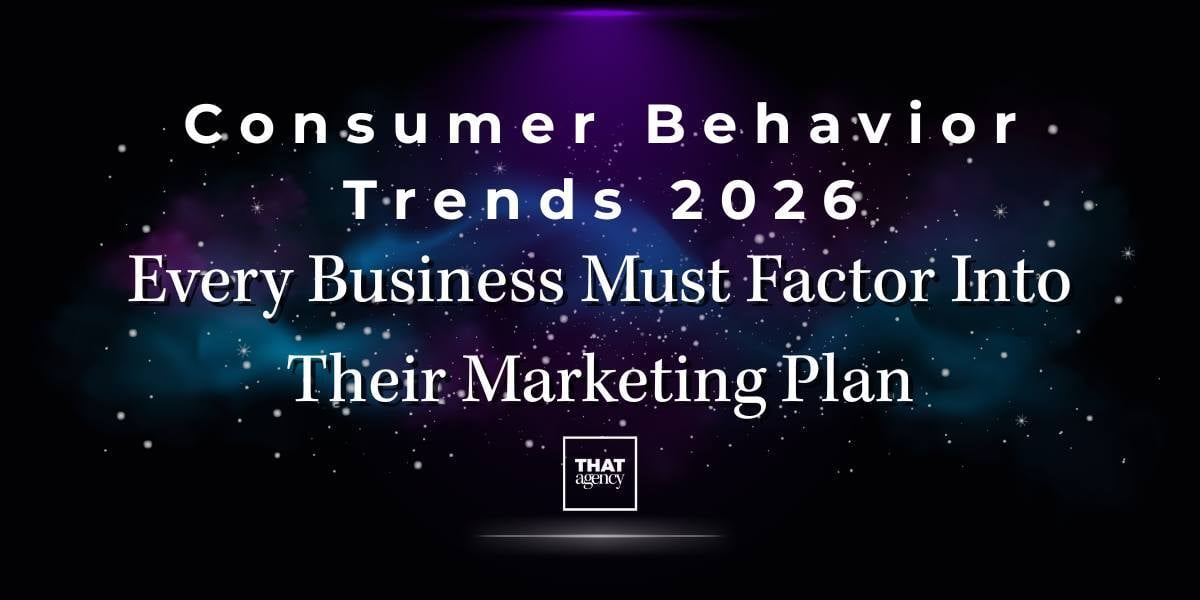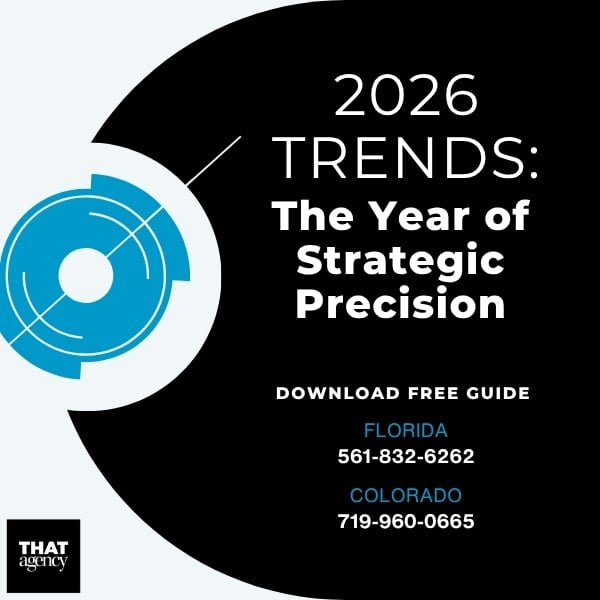Is social media for luxury brands counterproductive? Does it erode rather than elevate their status? Does it detract from that sense of exclusivity that appeals so much to their audience? When done intentionally and mindfully, the answer is a firm no. And if follower statistics for top contenders such as Chanel, Louis Vuitton, Gucci, and Dior (each with tens of millions of fans) are any indication, social media can be a powerful way to reach and connect.
While exclusivity remains the cornerstone of luxury, visibility is now a vital part of sustaining brand relevance. Today’s luxury audience expects a digital presence—not necessarily to buy via Instagram, but to experience the brand on their terms.
When it comes to social media for luxury brands, the overall goal may be similar—i.e. increase profitability—but the approaches you will use to get there differ, often significantly, from average brands.
Is social media really a good fit for luxury brands? Some might think it feels too public, too casual, or too focused on mass appeal to work with the exclusivity that defines high-end products. But when used thoughtfully, social media doesn’t take away from a brand’s prestige—it enhances it.
In fact, by 2025, it’s expected that one out of every three luxury purchases will happen online. That shift means brands need to be where their customers already spend time: on social media. And the people browsing luxury content aren’t just window shopping. According to research from the Pew Research Center, between 50% and 75% of high-income households are active on social platforms. Many have advanced degrees, disposable income, and an interest in brands that reflect their lifestyle.
Younger generations, in particular, expect luxury brands to be present and active online. Millennials are twice as likely to say that they like a brand more when it’s active on social media. For them, following a brand online isn’t just about buying—it’s about being part of something special.
Here’s the truth: not every follower is a buyer. But that’s okay. Social media acts as a kind of digital red carpet. There are two main types of followers in this world:
Even if someone never buys, they still help by sharing posts, liking content, and increasing visibility. That kind of organic interaction boosts credibility and influence—and that matters in the luxury space.
That’s a common concern. But luxury brands don’t have to act like mass-market brands just because they’re on Instagram or TikTok. Instead, the best luxury brands use these platforms to tell stories, show behind-the-scenes craftsmanship, and offer a glimpse into a world most people only dream about.
Done right, social media becomes a stage—not a sales pitch. Brands can shape every detail: the tone of voice, the lighting in a photo, the styling in a video. All of it contributes to that signature luxury feel. Even something as simple as replying to a comment or sharing a curated quote can build trust and foster a sense of belonging.
It’s about community and curation. Social media for luxury brands isn't just about gaining followers—it’s about creating a sense of being “in the know.” It should feel like being part of a private club, even though the platform itself is public.
The language, visuals, and posting rhythm are all carefully selected to appeal to a sophisticated, discerning audience. Posts might highlight limited collections, exclusive events, or stories of heritage and craftsmanship. And while the tone is often elegant and polished, it’s still human. That mix of approachability and prestige is what makes luxury social media work.
A luxury brand’s social media strategy isn’t just a copy-and-paste version of what works for everyday businesses. Why? Because luxury brands are fundamentally different. They don’t cater to the masses—they focus on appealing to a select group of high-end buyers who value quality, exclusivity, and experience over discounts or convenience.
That means the way a luxury brand shows up online has to reflect those same values. The strategy must be more curated, more intentional, and more emotionally driven. When done well, it helps you build long-term relationships with elite customers while also nurturing future buyers who aspire to join that world.
Here are five key steps to building a luxury social media strategy that works.
Do luxury brands need to be on every platform?
No—and in fact, they shouldn’t be. Luxury is about being selective. You’re not trying to appeal to everyone; you’re trying to be everything to a very specific audience. That’s why it’s better to master one platform than spread yourself thin trying to do it all.
For most luxury brands, that platform is Instagram.
Instagram is a natural fit for the luxury world because it’s visual, curated, and built around lifestyle storytelling. High-end shoppers use Instagram not just to discover brands, but to experience them. In fact, studies show that luxury consumers:
Instagram allows you to showcase your products in visually stunning ways—whether it’s an editorial-style photoshoot, a video tour of your atelier, or a subtle glimpse into a private event.
By focusing on one platform first—especially one like Instagram where storytelling and visuals matter—you can create a strong foundation. Once your audience is engaged and loyal there, it becomes easier to expand to other platforms like Pinterest, TikTok (for bold, experimental luxury brands), or even LinkedIn for B2B or investment-related messaging.
Every brand is different. If your luxury audience is primarily made up of high-net-worth professionals or older clients, LinkedIn or Facebook might be worth exploring. The key is to go where your buyers already are, not where you feel obligated to be.
Ultimately, luxury isn’t about showing up everywhere. It’s about showing up with purpose and delivering a refined, elevated experience—even online.
What is social proof—and why does it matter for luxury brands?
Social proof is the idea that people are more likely to trust a product or service when they see others using and loving it. It’s that moment when someone sees a friend—or even a stranger—posting about a product and thinks, “If they love it, maybe I will too.” And for luxury brands, this kind of trust and validation is incredibly powerful.
Sometimes, the most convincing messages don’t come from the brand at all. They come from the people wearing, using, or talking about the brand in real life.
One of the most well-known examples of social proof in the luxury space is Burberry’s “Art of the Trench” campaign. Instead of only posting high-end photo shoots, Burberry asked followers to share pictures of themselves wearing the brand’s iconic trench coat. The results were amazing: fans from around the world submitted beautiful, authentic images—and Burberry ended up with a constant stream of real, relatable content that showcased their product in everyday luxury settings. The payoff? A 21% increase in profits and a major boost in engagement.
User-generated content, or UGC, is when your customers create content for you—like photos, videos, or testimonials—and share it on their own social media accounts. You can then repost or feature that content to show how people actually use and love your products.
And here’s why it works: it feels real.
People are tired of overly polished ads. They want to see how a luxury watch looks on someone’s wrist during a dinner party, or how a designer bag fits into someone’s everyday outfit—not just on a runway. This is especially true for Millennials and Gen Z, who are quickly becoming the dominant force in luxury spending. In fact, 60% of Millennials say they rely on user-generated content when making purchase decisions.
As Heba Sayed, Strategy Leader at IBM Cloud and AI, puts it:
“User-generated content will be the ‘crown jewel’ for great brands… The best pieces of content will be the ones marketers don’t create but facilitate.”
That means your role isn’t just to talk at your audience, but to encourage your customers to talk about you—and to each other.
Here are a few smart ways to incorporate social proof into your luxury brand strategy:
You can even take it a step further by curating a mix of both aspirational and accessible content. Think of luxury influencers, fashion editors, or stylists whose lives your followers admire—but also real customers who feel relatable. When people see both, it builds trust and makes the brand feel more attainable without losing its exclusivity.
Not at all—when done right, it enhances it.
Social proof isn’t about cheapening your image. It’s about showing that real people with great taste choose your brand. In fact, by highlighting selective voices and images that align with your brand’s tone and values, you can reinforce the idea that your community is just as elevated as your product.
Ultimately, social proof helps bridge the gap between prestige and approachability. It says:
“You’re not just buying a product. You’re joining a lifestyle. And here’s proof that others like you are already part of it.”
Does posting more often mean better results?
Not always—and especially not for luxury brands.
We live in a world where social media is full of noise. Users scroll past hundreds of posts a day, many of which are repetitive, unoriginal, or irrelevant. As a result, we’ve all gotten pretty good at tuning things out. That’s why luxury brands can’t afford to blend in—they have to stand out.
For high-end brands, more content doesn’t equal more impact. What truly matters is the quality of each post. Every photo, video, caption, and comment should feel purposeful, thoughtful, and in line with the brand’s image. It should feel less like a random post and more like a page from a beautifully curated magazine.
Luxury is built on perception. Whether it’s a handbag, a car, or a bottle of perfume, customers aren’t just buying a product—they’re buying into a lifestyle. That lifestyle should feel rare, exclusive, and artfully presented.
If your feed is full of rushed, cluttered, or inconsistent posts, it dilutes the brand’s mystique. On the other hand, if your social content is visually striking, emotionally engaging, and spaced out thoughtfully, it elevates the brand in your audience’s mind.
Think of your social media presence as your digital storefront. Would you fill your boutique window with dozens of random items every day? Of course not. You’d showcase one or two beautiful pieces and light them perfectly so they spark desire. The same concept applies here.
Luxury fashion house Bottega Veneta offers a masterclass in doing less—but doing it exceptionally well. Rather than flooding social media with constant updates, they’ve taken a minimalistic approach that actually draws more attention.
According to Forbes, the brand stands out by “invoking the power of silence”. Instead of chasing likes or comments, they focus on creating a sense of mystery. They post only when it truly matters, and they let their community do the talking.
By stepping back and letting fans and brand advocates share content, Bottega Veneta proves that exclusivity and restraint can be just as powerful as daily engagement—if not more.
It’s not just about posting less. It’s about posting better. Here’s what that looks like:
It depends on how you define success. If you're focused solely on metrics like likes or follower counts, then yes, posting less might seem risky. But luxury brands aren’t trying to go viral—they're trying to build long-term loyalty with a high-value audience.
When you prioritize quality, each post holds more weight. You’re giving your followers something meaningful to engage with—not just something to scroll past. In the luxury space, less truly is more, as long as what you’re sharing reflects your brand’s values and aesthetic.
Ultimately, quality content gives your audience a reason to pause. And in today’s fast-paced world, getting someone to stop and look—really look—is the ultimate win.
Are traditional influencers still effective for luxury brands?
Not really—and here’s why.
Influencers have taken over social media in the past decade. From beauty to travel to fashion, sponsored posts are everywhere. But for luxury brands, the standard influencer model is starting to lose its shine. Consumers are seeing through the filters, the ads, and the constant promotions. In fact, research shows that only 3% of people actually feel influenced by influencers when it comes to making purchases.
That’s because most influencers feel inauthentic. Many promote products they don’t use, post overly polished content, and chase likes and follower counts. And let’s not forget: a large percentage of those followers aren’t even real. Some reports show that up to 70% of an influencer’s followers can be fake or inactive. For a luxury brand that’s built on trust, quality, and exclusivity, this kind of inauthentic engagement doesn’t just miss the mark—it can hurt your image.
It’s time to evolve from influencers to “genuinfluencers.”
A genuinfluencer is someone who doesn’t just promote products—they share meaningful, high-value content in a specific niche. They don’t focus on going viral or growing their follower count. Instead, they focus on providing honest insights and real-life inspiration that resonates deeply with a particular group of people.
Think of a respected interior designer, a well-known fashion editor, or a trusted art curator. These individuals may not call themselves influencers, but their opinions carry serious weight—especially among high-net-worth individuals. When they speak, people listen. When they recommend something, it feels thoughtful, not paid.
Because luxury buyers value discretion, expertise, and credibility. They don’t want flashy product placements—they want to see how a product fits into a thoughtful lifestyle.
For example:
These moments feel personal, not performative. That’s what makes them so valuable.
Start by identifying individuals who are already respected in your niche. They might have a smaller following, but their audience is loyal and highly engaged. Look for people who:
Once you find the right fit, reach out with a personalized offer. Instead of sending generic press kits or sponsorship proposals, start a real conversation. Offer an exclusive experience, an invitation to a private event, or a behind-the-scenes look at your brand. The goal isn’t just to get a post—it’s to build a lasting relationship.
Yes, but they should feel collaborative, not transactional. Luxury brands should focus on co-creating content that feels true to both the influencer and the brand. That might mean:
The key is that the content feels honest, valuable, and on-brand. Genuinfluencers don’t need to shout your brand’s name—they simply show how your product fits naturally into a refined lifestyle.
In the world of luxury, less is more—and real is rare. By partnering with the right voices, your brand can stay relevant, respected, and deeply connected to the audiences that matter most.
What do luxury buyers really expect from a brand’s social media experience? They expect more—more care, more attention, and more personalization. Luxury isn’t just about the product. It’s about how the experience feels from the very first interaction. And that includes social media.
Unlike mass-market consumers, luxury buyers are looking for more than just great content or fast replies. They want a brand to recognize them, understand their preferences, and go above and beyond to make every interaction feel intentional and exclusive.
Luxury customers are used to high standards in every area of life—from shopping to dining to travel. So when they engage with your brand on Instagram, Facebook, or TikTok, they’re not just looking for pretty pictures. They’re looking for signs that your brand knows who they are and values their loyalty.
That’s where the personal touch comes in.
Your social media feeds should be thoughtfully curated, of course—but your customer service, communication style, and behind-the-scenes interactions should also feel tailored to the person on the other end. The more you can personalize the experience, the more your audience feels like they’re part of something special.
Let’s break it down:
Yes—but it has to be done carefully.
Automation can be helpful for scaling customer support or sending standard updates, but it should never feel robotic. Your automated systems should be:
For example, if a chatbot greets someone on Instagram, it can offer options like:
“Are you browsing for a gift?”
“Would you like a personal recommendation?”
“Can I connect you to a team member?”
These kinds of smart, helpful prompts keep the conversation flowing while still feeling elevated.
Personalization isn’t just about service—it’s also about the content you create and share.
Here are a few ideas to make followers feel seen and valued:
When your audience feels like your content was made just for them, it deepens their connection to your brand—and builds long-term loyalty.
At the end of the day, luxury is about care. It’s about making every customer feel like they matter, whether they’ve been with you for years or just discovered you yesterday. By delivering a personal touch—both in content and customer service—you turn casual followers into loyal brand advocates, and loyal customers into lifelong supporters.
Developing and implementing an effective luxury brand social media strategy is a must moving forward. Capture the interest and engagement of your audience, and create a community of elite and affluent buyers who understand and appreciate the value and quality you offer.
Luxury brands no longer need to choose between exclusivity and visibility. When executed with purpose and precision, social media becomes a gateway to storytelling, seduction, and long-term loyalty—one curated post at a time.

Editor's Note: This post was originally published in March 2019 and has been updated for freshness, accuracy, and comprehensiveness.
Tags: Social Media

What are Zero Click Searches and How Do They Impact Your Business?

What is Voice Search Optimization? +4 Tips for Voice Search

Leveraging Predictive Analytics Marketing for Smarter Decisions

Consumer Behavior Trends 2026 Every Business Must Factor Into Their Marketing Plan
.jpg)
AI Image Generation for Marketers: What’s Possible and What to Avoid
700 S. Rosemary Ave.
Suite 204-707
West Palm Beach, FL 33401
P: 561.832.6262
F: 561.832.7707

